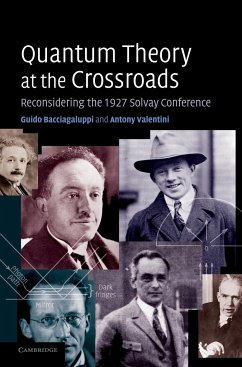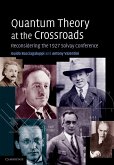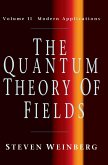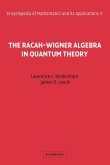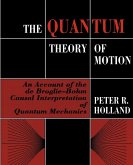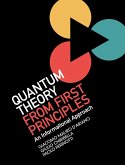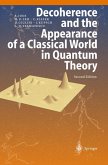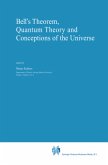The 1927 Solvay conference was perhaps the most important in the history of quantum theory. Contrary to popular belief, questions of interpretation were not settled at this conference. Instead, a range of sharply conflicting views were extensively discussed, including de Broglie's pilot-wave theory (which de Broglie presented for a many-body system), Born and Heisenberg's 'quantum mechanics' (which apparently lacked wave function collapse or fundamental time evolution), and Schrödinger's wave mechanics. Today, there is no longer a dominant interpretation of quantum theory, so it is important to re-evaluate the historical sources and keep the debate open. This book contains a complete translation of the original proceedings, with essays on the three main interpretations presented, and a detailed analysis of the lectures and discussions in the light of current research. This book will be of interest to graduate students and researchers in physics and in the history and philosophy of quantum theory.
Hinweis: Dieser Artikel kann nur an eine deutsche Lieferadresse ausgeliefert werden.
Hinweis: Dieser Artikel kann nur an eine deutsche Lieferadresse ausgeliefert werden.
'Considering the development of quantum mechanics, Quantum Theory at the Crossroads offers a very stimulating viewpoint as its authors take a rather polarizing stance. Overall, it provides an important and inspiring history of quantum mechanics, being most valuable for its translation of the conference proceedings and its account of de Broglie's often neglected pilot-wave theory.' Martin Jähnert, Metascience

